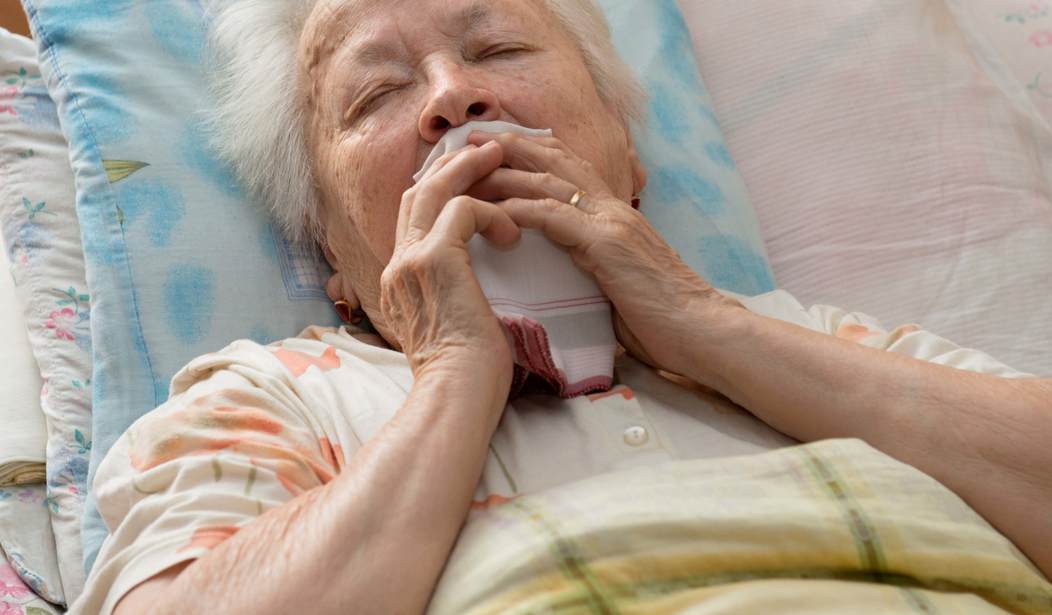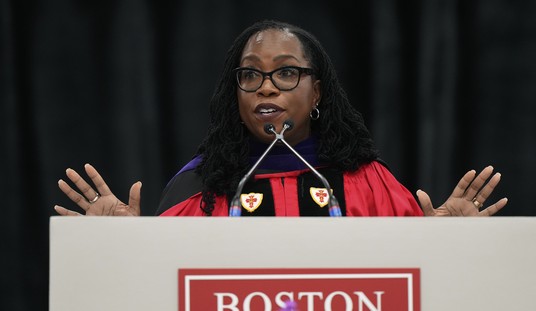I have always had a liking for the elderly and consequently have held crimes committed against them in special detestation. The elderly are vulnerable both to violence and fraud, and so crimes against them seem unusually black-hearted. I recognize that this is not fully logical: a crime is not less of a crime because the victim is able-bodied and nimble-witted; nor is crime a kind of sport in which the perpetrator is to be given credit for choosing a victim with the ability to thwart him. But still I hold crimes against the elderly in special detestation.
It is only recently – by recent I mean within the span of my own career – that deliberate abuse of the elderly, by their relatives, by professional carers and by other residents of care-homes, has been recognized. Indeed, there is a medical journal, the Journal of Elder Abuse and Neglect, now in its twenty-seventh volume, devoted to this depressing subject.
A recent review article in the New England Journal of Medicine draws the attention of doctors to the phenomenon that they would probably rather not have to think about. Surveys suggest that about 10 percent of the elderly (rather alarmingly, from my current personal perspective, defined as those over 60 years of age) are abused, physically, psychologically, financially or even sexually. The most common form of abuse is financial. My wife, a doctor who practiced among the elderly, remembers a case in which a son got his old parents to sign over their house to him and then had them evicted from “his” property. “No worst, there is none,” wrote the poet Gerald Manley Hopkins of human suffering; he might have said it of human wickedness as well.
When it comes to physical abuse of the elderly, there is no injury that is by itself diagnostic because the elderly are so susceptible to injury anyway. However, certain injuries, such as a fractured jaw, are highly suggestive of it, since fractured jaws are rarely the result of falls or other accidents. In addition, multiple injuries at different stages of healing should arouse suspicion. Bruises by themselves do not necessarily point to abuse, though their distribution – for example on the outer aspect of the upper arm – do raise suspicion.
The most frequent perpetrators of abuse are those who live with the elderly, followed by those who are paid to look after them. They often get away with it because doctors and other professionals are so reluctant to make false accusations that they fail to make true ones.
The demented are especially liable to be abused, perhaps in part because they can so exasperate their carers. Ayn Rand abused her aged husband because she refused to recognize that his forgetfulness was not a weakness of will to be overcome by effort, but the consequence of organic brain damage. She insisted that he could do things she deemed possible for him if only he tried a little harder. The outer shell of a person is conserved, and so it is easy to suppose that the inner being has remained the same as well.
Sexual abuse of the elderly occurs mainly in care homes in which there are demented men whose inhibitions have been destroyed by their disease.
Neglect is another form of abuse that often goes along with the financial variety. For example, a carer with a financial interest in a legacy fails to fill a prescription or give the old person his or her medicine, wanting either to hasten death or not dissipate the inheritance on medicine which often is not of marginal value.
Man is often said to be a wolf to man: but are there any elderly wolves for the others to abuse?









Join the conversation as a VIP Member